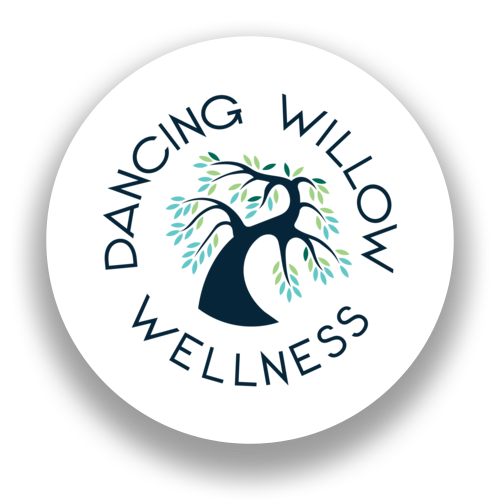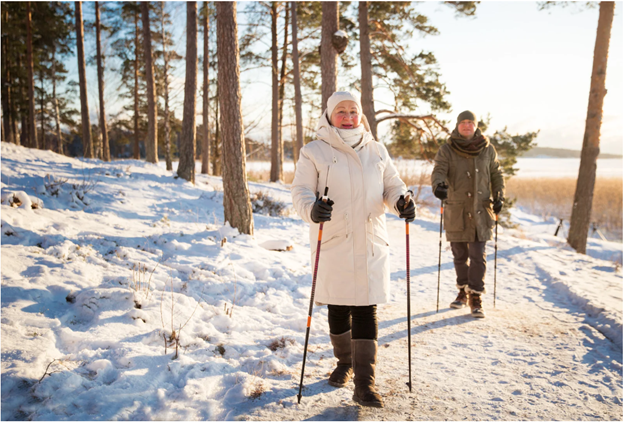Fall Prevention and Foot Care for Seniors
Anyone can fall, but as we get older, the risk naturally increases. The good news is that there are many simple steps we can take to stay steady, safe, and confident.
According to Public Health Canada, falls are the leading cause of injury among older Canadians, with 20–30% of seniors experiencing one or more falls each year.
Falls contribute to:
85% of seniors’ injury-related hospitalizations
95% of all hip fractures
More than one-third of seniors being admitted to long-term care following a fall-related hospitalization
Beyond the numbers, falls can lead to chronic pain, reduced mobility, and loss of independence. And since half of falls that cause hospitalization happen at home, prevention really does start where we live.
Let’s prevent falls.
What Increases the Risk of Falling?
Some risks are easier to spot than others. Here are a few common ones:
Environmental hazards: Clutter, loose rugs, electrical cords, and uneven surfaces around the home.
Foot problems: Corns, calluses, thick toenails, cracked heels, or neuropathy. These conditions can be painful and may affect your balance and gait which can make you less steady.
Vision changes: Blurry or reduced vision makes it harder to notice obstacles. Regular eye exams can help keep you safe.
Footwear choices: Shoes that are too tight, too loose, or untied can make tripping more likely.
Lack of exercise: Muscle mass and strength are naturally reduced as we age, which can affect your stability and coordination. Staying active - even with gentle activities within your comfort level- helps keep you strong. Consider chair exercise, walking, indoor bicycle, Balloon ball and yoga.
Memory or focus challenges: Sometimes we simply forget to use a cane, walker, or other support, which can increase the chance of falling.
Why Foot Health Matters
Healthy, pain-free feet make it easier to move with confidence and reduce the risk of falling. Here are a few common foot concerns that might be risk factors for falls:
Corns and calluses: These thickened areas of skin can cause pain and change the way you walk to avoid discomfort or pain. This puts additional stress on ankles, knees, hips and back.
Thick or painful toenails: More than a cosmetic issue, they can cause pain or discomfort, be difficult to trim, and sometimes lead to infection.
Cracked heels: Also called heel fissures. Mild cracks may be mostly cosmetic, but deeper ones can cause pain, bleeding, and increase infection risk.
Peripheral neuropathy: When nerves in the feet are damaged, it may be harder to feel pain, pressure, or objects underfoot - making injuries and falls more likely.
How Foot Care Nurses Can Help
Foot care nurses are specially trained to keep your feet comfortable and healthy. Regular visits can help you manage skin and nail concerns, prevent problems before they start, and give you peace of mind. By including foot care in your fall prevention plan, you’re taking an important step toward staying independent and active.
Simple Steps for Fall Prevention
Be aware of your personal fall risks
Stay active to build strength and balance
Eat a balanced diet, take medications as prescribed,
Keep your mind active with games and puzzles
Have your vision checked regularly
Include routine foot care as part of your overall health plan
Taking the Next Step
Preventing falls isn’t just about safety—it’s about protecting your independence and quality of life. Small, steady steps can make a big difference.
If you’d like support with foot care or fall prevention, our team is here to help. Reach out today and let’s work together to keep you moving safely and confidently.
Ziyan
Here are some resources and reading materials.( I will add links to these)
-Ottawa public health: Prevent falls https://www.ottawapublichealth.ca/en/public-health-topics/prevent-falls.aspx
-Ontario.ca: Exercise and falls prevention programs https://www.ontario.ca/page/exercise-and-falls-prevention-programs
-Ottawa public health: Strong and steady https://www.ottawapublichealth.ca/en/public-health-topics/strong-and-steady-free-fall-prevention-program-for-older-adults-in-ottawa.aspx
-Canada.ca: Seniors’ falls in Canada-Infographic-PDF document (this is the top image) https://www.canada.ca/en/public-health/services/publications/healthy-living/seniors-falls-canada-second-report/seniors-falls-canada-infographic.html



